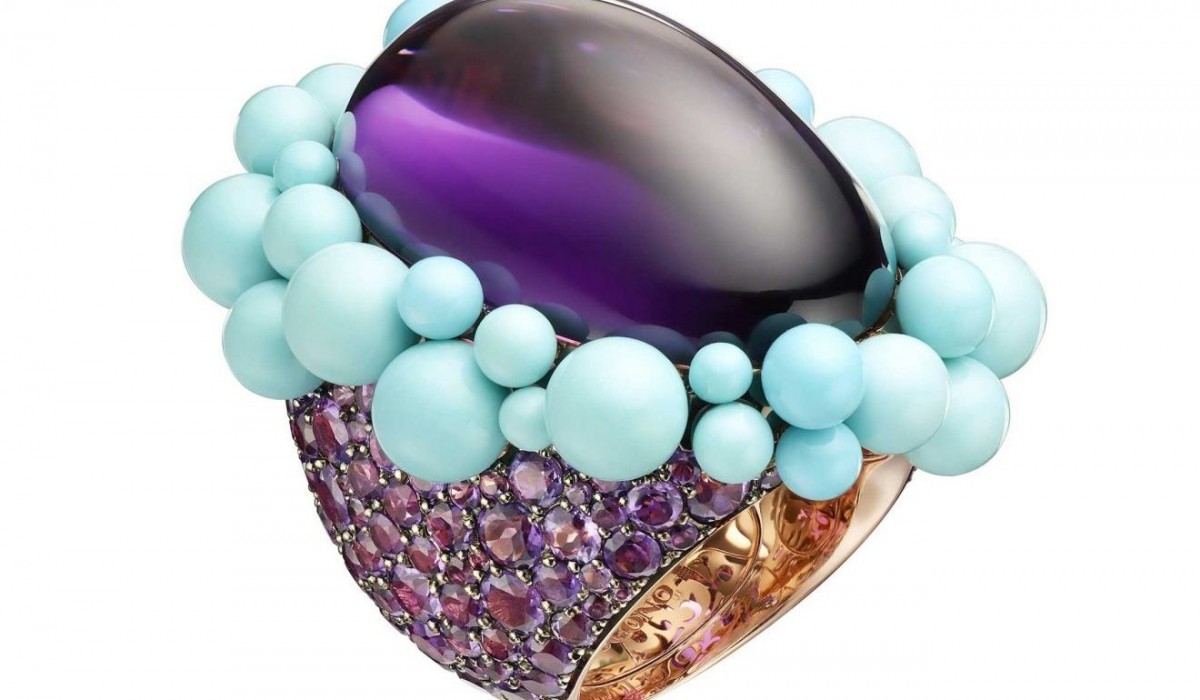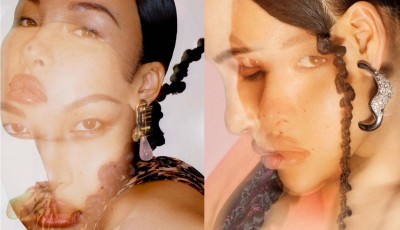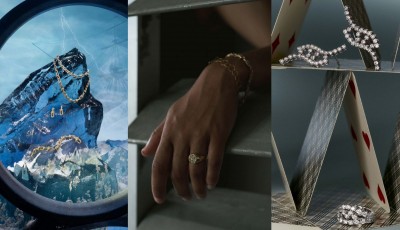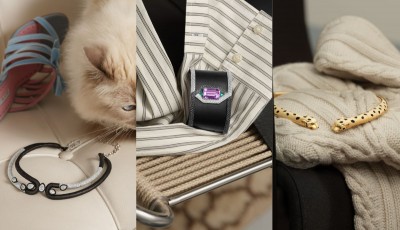Democratic Amethyst
The symbols and traditions concerning a stone with a democratic personality which owes its popularity to its intense purple hues.
Perfect for adorning the crown of a queen but also sufficiently accessible to be mounted on an ordinary ring, amethyst, with its intense purple colour, is a precious stone with a very democratic personality.
It belongs to the macrocrystalline branch of quartz and owes its purple colour to iron and aluminium impurities. Without these colouring agents, it would just be ordinary quartz, colourless and transparent. Amethyst then, is largely popular because of its intense wine-coloured hues.
This popularity has its roots in ancient times. Legend has it, in fact, that the precious quartz gets its name from the nymph Amethyst who was in love with Bacchus. One day while the God of wine was intoxicated he started chasing the maiden and frightened her, she invoked the Goddess Diana to protect her, thus managing to escape.
Bacchus was left with nothing but sparkling, wine-coloured crystals in his hands and he immediately sobered up. Since then amethyst has been the symbol of sobriety and is believed to protect against intoxication. The Ancient Greeks and Romans used to drink water from chalices carved out of the stone to make the other diners think it was wine.
The purple colour tricked all the guests who ended up getting drunk, unlike the host. While during the Middle Ages, many drinking vessels were made out of amethyst due to the stone’s purification properties. Soon, this stone with its regal hue, began to gain notable historical importance as a symbol of power.
It plays a starring role in the British Crown Jewels and it was one of Catherine the Great’s favourite gems, the same is true of the royal Egyptians. For the Christian Church it is instead the "stone of bishops". Today, it still retains that noble, dazzling appeal which makes it one of the most well-loved and common gems in existence.
Overview
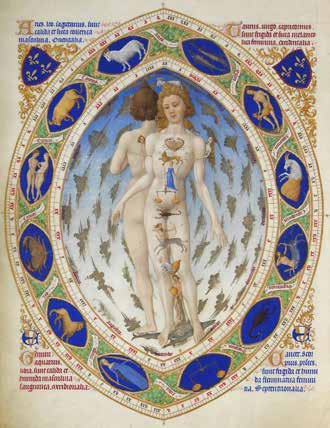 Details
Mineral: Quartz
Chemical Composition: Sio2 Silicon Dioxide
Colour: Purple
Refraction: 1.544 To 1.553
Birefringence: 0.009
Density: 2.66
Hardness: 7
Details
Mineral: Quartz
Chemical Composition: Sio2 Silicon Dioxide
Colour: Purple
Refraction: 1.544 To 1.553
Birefringence: 0.009
Density: 2.66
Hardness: 7
3 REASONS TO LOVE IT
[ts_row] [ts_one_half]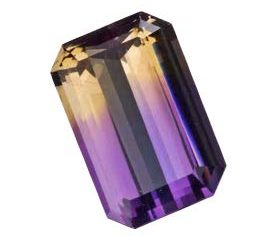 [/ts_one_half] [ts_one_half]
[/ts_one_half] [ts_one_half] 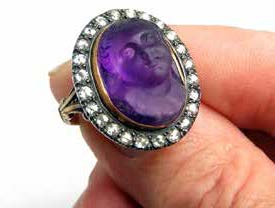 [/ts_one_half] [/ts_row]
[/ts_one_half] [/ts_row]
[ts_row] [ts_one_third]
Ametrine
In Bolivia, amethyst and citrine combine in the same crystal, creating an unusual yellow and purple gem called ametrine.[/ts_one_third] [ts_one_third]
Camillo Leonardi
The famous astrologer wrote that amethyst stimulates intelligence and wards off evil thoughts.[/ts_one_third] [ts_one_third]
Saint Valentine
The patron saint of romantic love wore an amethyst ring carved into the image of Cupid. C.F.[/ts_one_third] [/ts_row]


